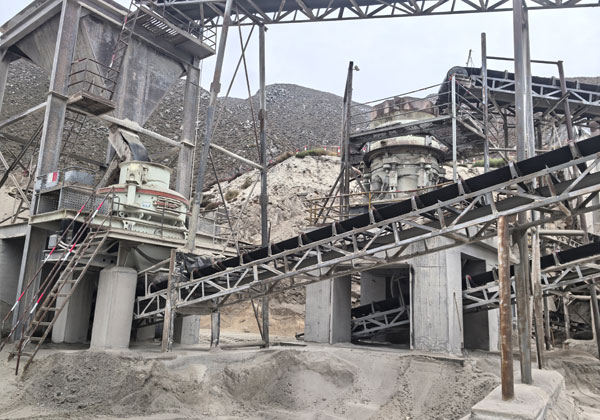Limestone crushing line design and configuration
Designing a limestone crushing line requires careful consideration of several factors, including the characteristics of the limestone, the desired product specifications, and the scale of operation. The first step in designing the limestone crushing line is determining the raw material’s properties. Limestone, being a sedimentary rock, is often soft to medium-hard, which means it can be crushed effectively using crushers like jaw crushers and impact crushers. The material’s size and hardness will dictate the type of crushers and the settings used in the crushing process.
The configuration of the limestone crushing line generally starts with a primary crusher, usually a jaw crusher, which reduces the large limestone rocks to a manageable size for secondary processing. The primary jaw crusher is selected based on the material’s size and the required output capacity. Once the limestone is crushed into smaller pieces, it is transported to secondary crushers, such as cone crushers or impact crushers, depending on the desired final product’s texture and size. These crushers further reduce the material to the required specifications, ensuring uniformity and consistency.

In the next stage, a screening system is used to separate the crushed material into various size fractions. Vibrating screens are commonly used in this process to categorize the limestone into different grades, ensuring that oversize material is sent back for further crushing. The fine material can be processed into high-quality aggregate for construction and industrial uses, while the coarser fractions can be used for other applications such as cement production or road base construction. Proper screening ensures that the product meets the required specifications and minimizes waste.
Additionally, a conveyor system is crucial in the design of a limestone crushing line. The conveyors move the material from one stage to the next, ensuring a continuous and efficient flow throughout the process. Conveyor belts are typically used to transfer material between crushers, screens, and stockpiles, reducing the need for manual handling and improving operational efficiency. In a well-designed system, the conveyors are arranged to minimize material handling time and reduce the overall wear on equipment.
Finally, the limestone crushing line must be equipped with dust control and safety measures. Given that crushing limestone generates dust, effective dust suppression systems, such as water sprays or dust collectors, should be installed to maintain a clean and safe working environment. Moreover, regular maintenance schedules for crushers, screens, and conveyors are essential to keep the plant running efficiently. With proper design, configuration, and maintenance, a limestone crushing line can provide high-quality aggregates for various industries while optimizing operational costs.
